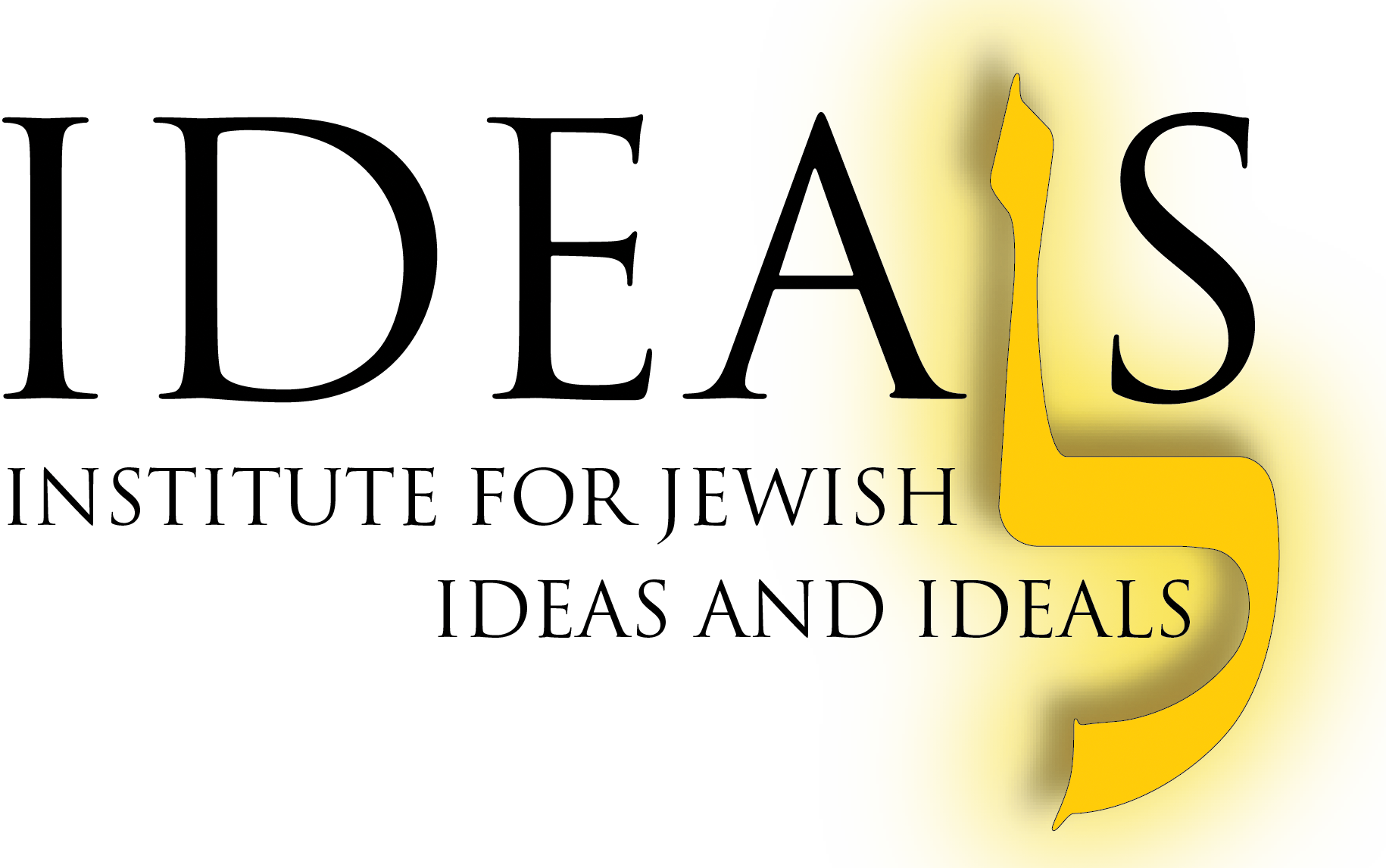Angel for Shabbat, Parashat Hayyei Sarah
By Rabbi Marc D. Angel
Many years ago, when I was scholar-in-residence for an Orthodox congregation in the American Midwest, I learned something important from the synagogue’s president. He told me that he was raised in a non-Orthodox home that had very little in the way of religious observance.
When he was college age, he attended a community-wide service for Yom HaAtsmauth that was held that year at the Orthodox synagogue. He noticed a plaque on the wall with the names of founders of the congregation—and he spotted the name of his maternal grandfather, a man he never knew since he had died long ago. His mother confirmed that her father had been a founder of the Orthodox synagogue but that she had left Orthodoxy as a teenager.
The grandfather’s name on the plaque struck a chord with the young man. He started to learn more about his grandfather and decided to reconnect with his grandfather’s ideas and ideals; he became religiously observant; joined the Orthodox synagogue; and went on to become president of the congregation his grandfather had helped to establish.
This man’s life was transformed because of a name on a memorial plaque.
Memorial plaques and monuments are visible symbols of lives that have passed on to their eternal reward. But these inanimate memorials can impact deeply on us.
This week’s Parasha tells of Abraham purchasing a burial place for Sarah. Although the Torah had previously recorded the deaths of many people, this is the first time we read of eulogy, mourning and creating a burial site. The Torah underscores the uniqueness of the occasion: we read the details of the burial transaction—the specific site, the negotiations, even the amount paid by Abraham.
Abraham understood that Sarah was the matriarch of a new people, which he and Sarah founded at the behest of God. He wanted to establish a permanent memorial so that future generations would draw inspiration and feel a personal connection with Sarah (and later with the other patriarchs and matriarchs buried at that site.)
In the summer of 1968, my wife and I traveled to Israel for the first time. We visited Hebron and stood at the gravesites of Sarah, Abraham and the other matriarchs and patriarchs of our people who are buried there. (When Hebron was under Jordanian rule, Jews weren’t allowed into the burial room but had to stay outside the building. When Israel reclaimed Hebron in the war of June1967, Jews were once again allowed into the burial site.) Standing at these tombs was an inexpressibly powerful experience. In some mysterious way, we felt a direct connection with the patriarchs and matriarchs who had died thousands of years ago.
This week’s Parasha is entitled “Hayyei Sarah,” the life of Sarah; yet it focuses on her death and burial. A Talmudic teaching has it that the righteous are called living even after they have died. Memorial plaques and gravestones testify to the lives of those who have passed away. But they also have the capacity to inspire the living, to evoke memories, to link the generations.

